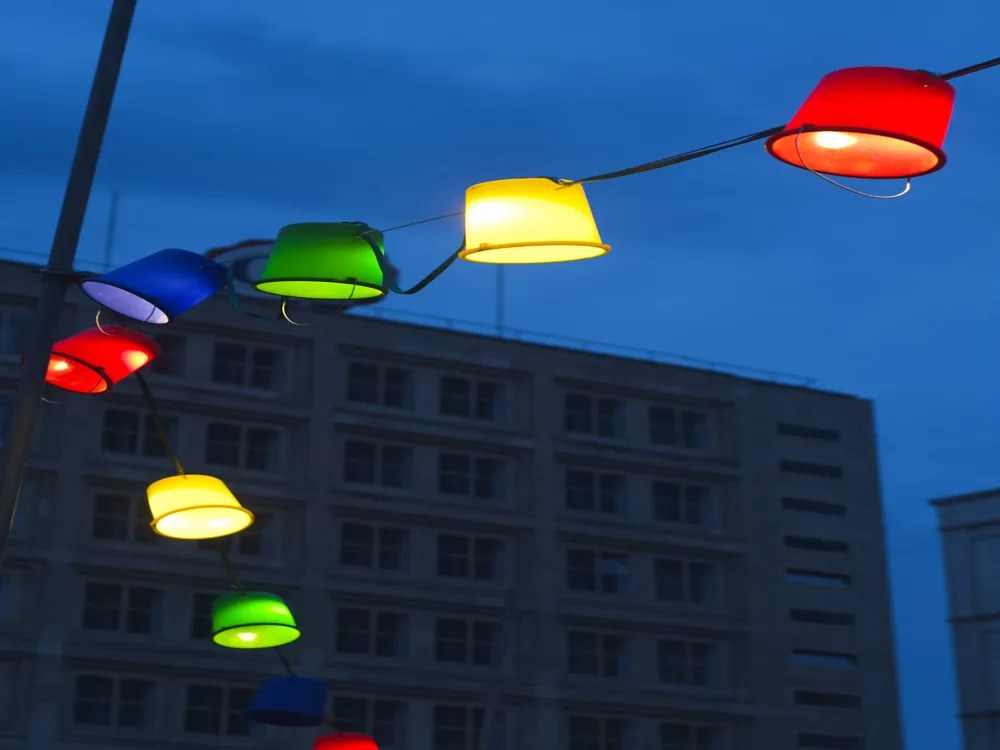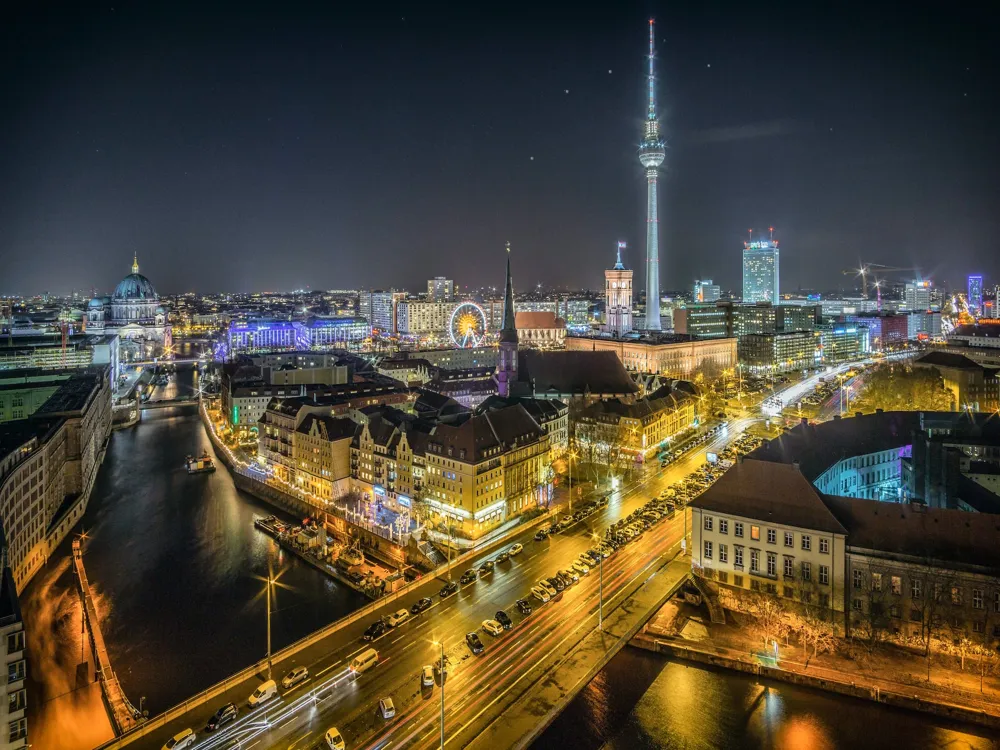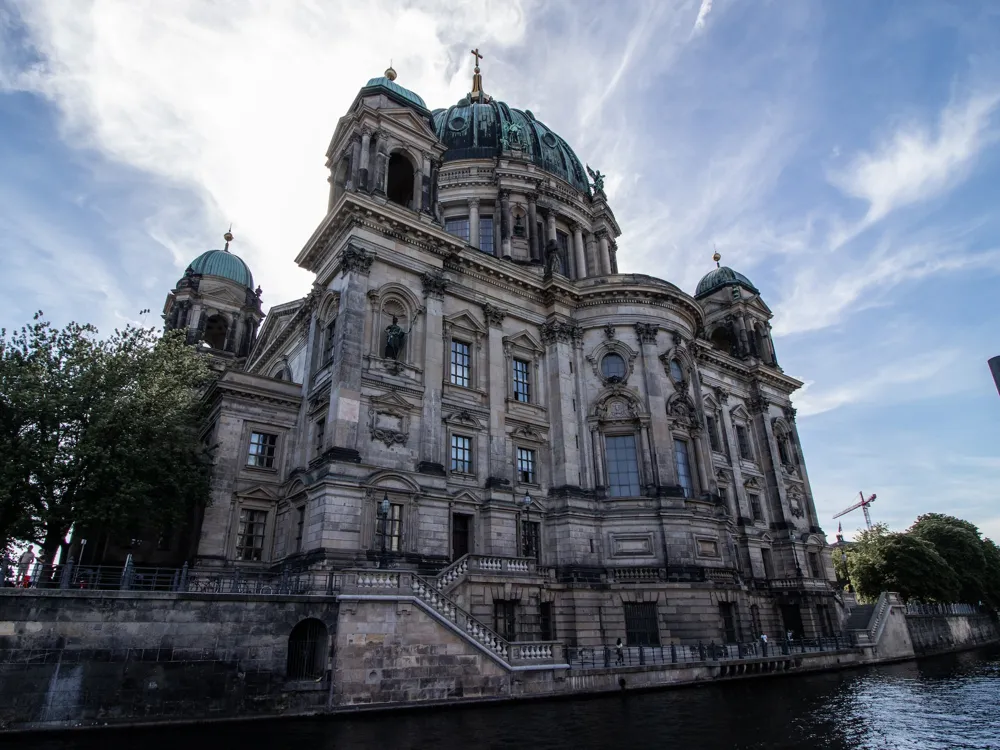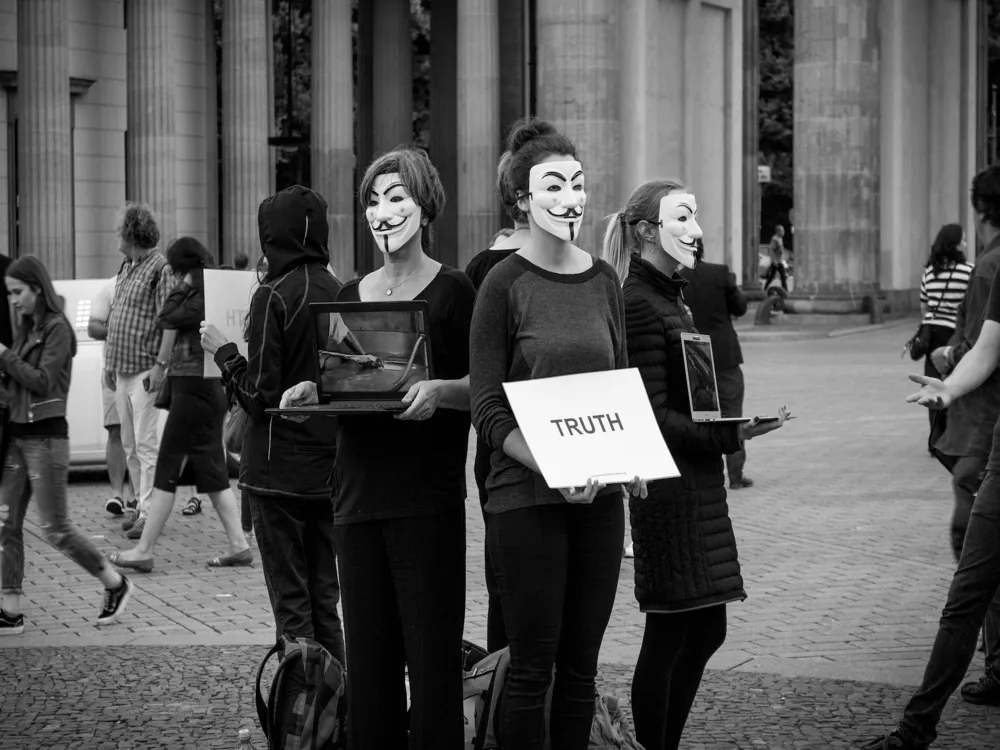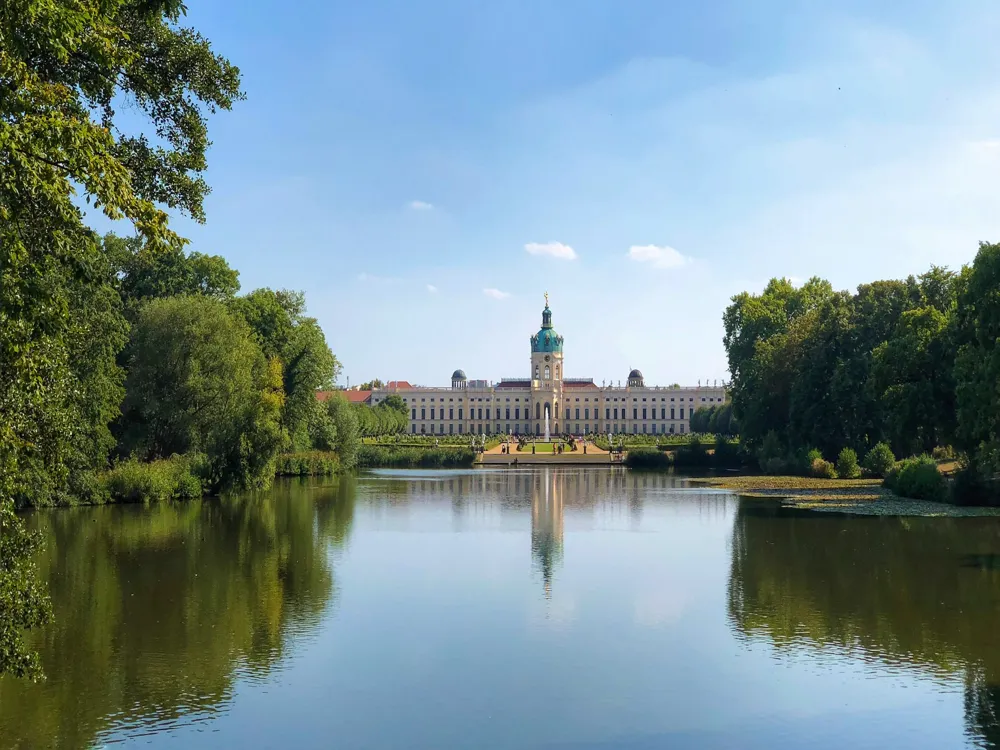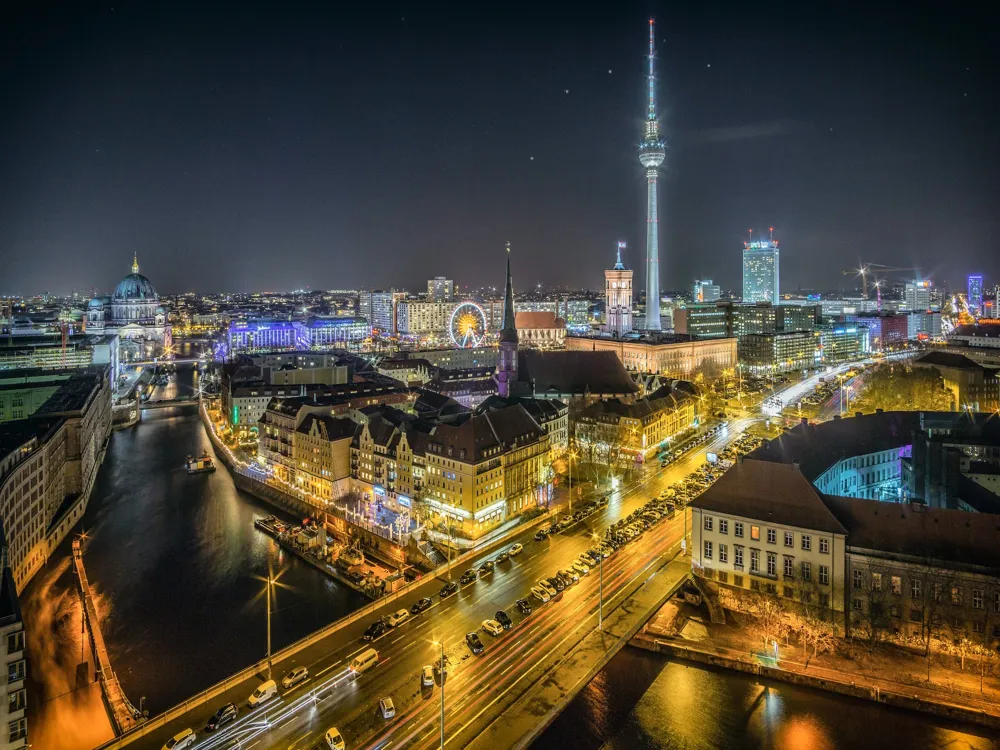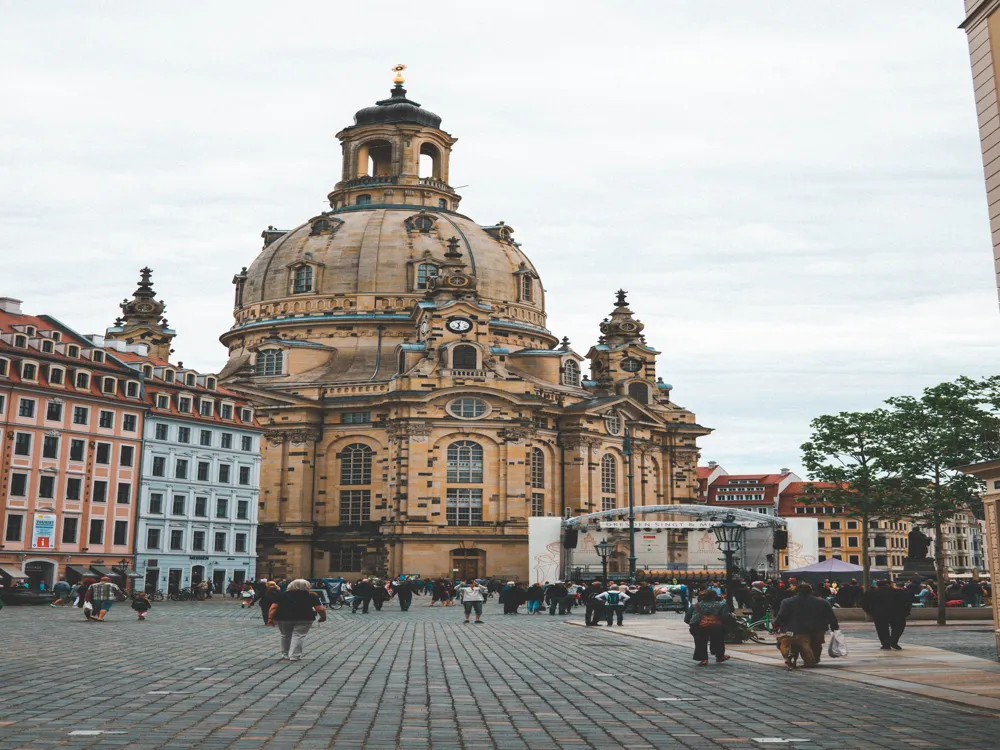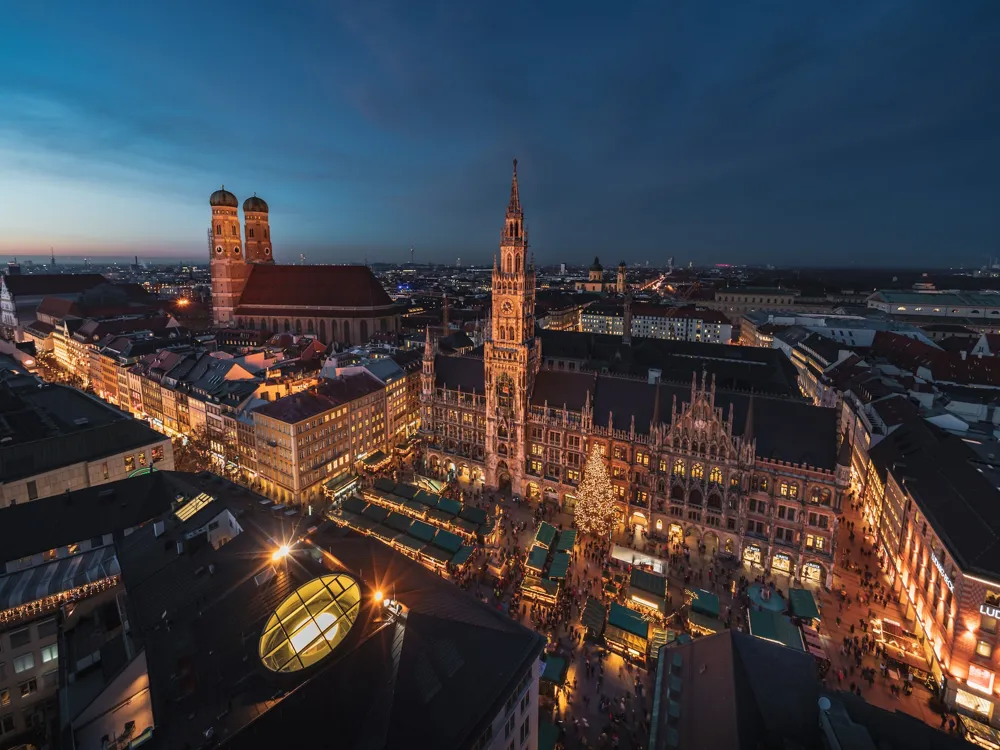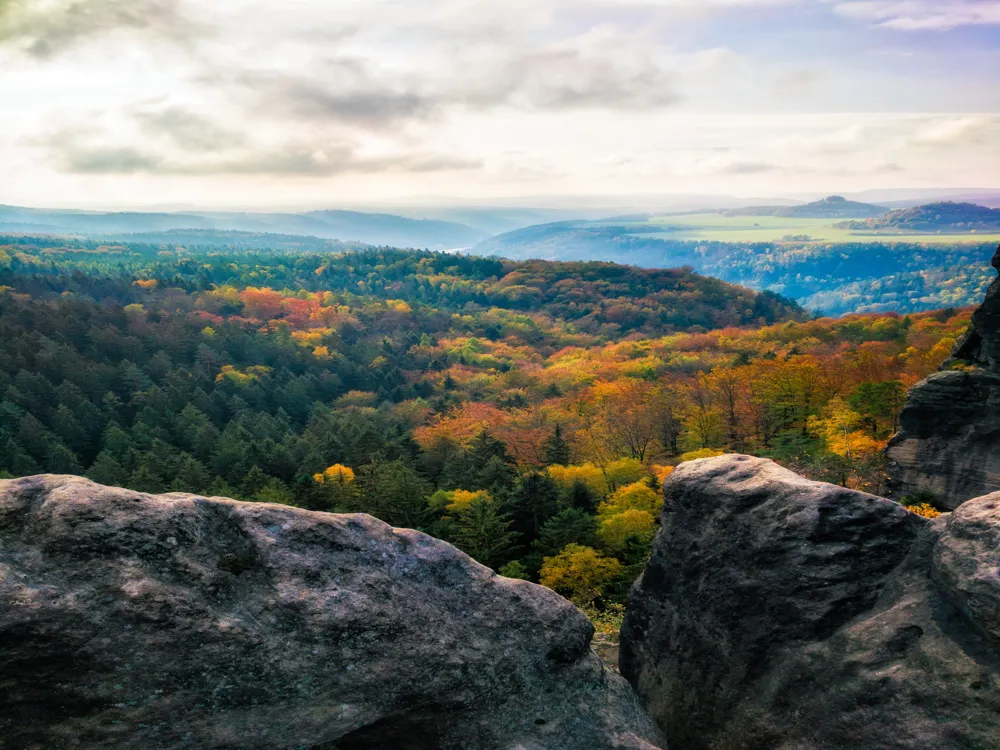The Memorial to the Murdered Jews of Europe, located in the heart of Berlin, stands as a profound and poignant tribute to the six million Jewish victims of the Holocaust. Spanning approximately 19,000 square meters, this solemn memorial was designed by the renowned architect Peter Eisenman and engineer Buro Happold. It consists of 2,711 concrete slabs, or stelae, arranged in a grid pattern on a sloping field. Each stela varies in height and is slightly askew, creating an unsettling, wave-like form that evokes a sense of disorientation and isolation. Inaugurated in May 2005, sixty years after the end of World War II, the memorial's design deliberately lacks any explicit symbolism. Instead, it seeks to engender a visceral, emotional response in visitors, allowing them to reflect on the magnitude and incomprehensibility of the Holocaust. The site also includes an underground Information Centre, which presents a detailed narrative of the victims' lives and the horrific events of the Holocaust through personal letters, diaries, and photographs. The Memorial to the Murdered Jews of Europe is not just a physical structure but a living reminder of the atrocities of the past. It urges us to remember and to ensure that such horrors are never repeated. The memorial's abstract design encourages individual interpretation, making it a unique and deeply personal experience for each visitor. The architecture of the Memorial to the Murdered Jews of Europe is both striking and symbolic. The 2,711 concrete stelae vary in height from 0.2 meters to 4.8 meters and are arranged in a grid pattern over a sloping field. This abstract design creates an uneasy, confusing atmosphere, intended to represent a supposedly ordered system that has lost touch with human reason. The stelae are constructed from concrete and are coated with an anti-graffiti substance to preserve their solemnity and dignity. As visitors walk through the narrow corridors between the stelae, the ground undulates, and the towering blocks loom overhead, creating an ever-changing play of light and shadow. This effect is meant to invoke feelings of isolation and disorientation, reminiscent of the experiences of the Holocaust victims. The memorial's architect, Peter Eisenman, deliberately eschewed traditional memorial forms, opting instead for an immersive environment that challenges visitors to confront the reality of what occurred during the Holocaust. The Information Centre, located underground, contrasts with the starkness of the stelae above, offering a detailed and factual account of the Holocaust, thus grounding the abstract design of the memorial in historical reality. Remember that the Memorial is a place of remembrance and reflection. Visitors are expected to maintain a respectful demeanor and avoid loud noises or disruptive behavior. Photography for personal use is allowed, but visitors are urged to consider the sensitive nature of the site and avoid posing on or near the stelae. The Memorial is wheelchair accessible, with pathways designed to accommodate visitors with mobility challenges. Consider taking a guided tour for a more in-depth understanding of the site's history and significance. Tours are available in multiple languages. The Information Centre beneath the Memorial offers a profound look into the lives of the victims. It is a must-visit to fully comprehend the memorial's significance. The Memorial to the Murdered Jews of Europe is centrally located in Berlin, near the Brandenburg Gate. It is easily accessible by public transport. Visitors can take the S-Bahn (S1, S2, S25) to the Brandenburger Tor station, the U-Bahn (U55) to the Brandenburger Tor station, or the bus (100, 200, TXL) to the Unter den Linden/Friedrichstraße stop. For those driving, there are several parking facilities nearby, but spaces can be limited, so public transport is recommended. READ MORE:-Overview of the Memorial to the Murdered Jews of Europe in Berlin
Architecture of the Memorial to the Murdered Jews of Europe
Tips When Visiting the Memorial to the Murdered Jews of Europe
Respect the Solemnity of the Site
Photography Guidelines
Accessibility Information
Guided Tours
Visit the Information Centre
How To Reach the Memorial to the Murdered Jews of Europe
Memorial to the Murdered Jews of Europe
Berlin
₹ 58,000 onwards
View berlin Packages
Also Refered As:
Holocaust Memorial
Berlin Travel Packages
View All Packages For Berlin
Top Hotel Collections for Berlin

Private Pool

Luxury Hotels

5-Star Hotels

Pet Friendly
Top Hotels Near Berlin
Other Top Ranking Places In Berlin
View All Places To Visit In berlin
View berlin Packages
Also Refered As:
Holocaust Memorial
Berlin Travel Packages
View All Packages For Berlin
Top Hotel Collections for Berlin

Private Pool

Luxury Hotels

5-Star Hotels

Pet Friendly







